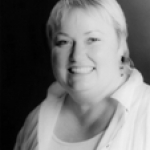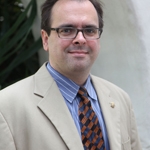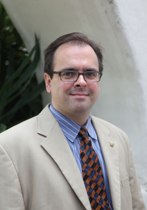
Eric Fiss
It was late 2008, and I had recently taken up the position as Public Art Planner for the City of Richmond, British Columbia, when I was invited to two meetings in early 2009, discussing regional collaborative projects. These discussions took place during the run up to the 2010 Vancouver Olympic Winter Games when international media attention would be focussed on our region.
The first meeting was for the Necklace Project, ten communities surrounding the City of Vancouver, working together to develop best practices and creating a series of public art projects on a unified theme. The ten participating communities were Burnaby, Coquitlam, Maple Ridge, New Westminster, North Vancouver City, North Vancouver District, Port Moody, Port Coquitlam, Richmond, and Surrey.
The goal of the Necklace Project was to commission public art installations in all ten host municipalities and connect them through the theme of Illuminations, as well as encourage visitors to visit and experience each of the project sites.
For several of the communities this was their first public art project, and the support of more experienced communities, including administrative support from the Alliance for Arts and Culture and cultural planner, Oksana Dexter, were vital in realization of the projects.
As mutual support and best practices were crucial to the success of the Necklace Project (be sure to check out the Necklace Project website for a final report and critical essay coming soon!), one of the more experienced public art coordinators, Lori Phillips, serving both the City and District of North Vancouver, suggested we might want to formalize our collaboration to extend after the Necklace projects were complete and to and welcome other municipalities into our public art networking group.
Read More
















